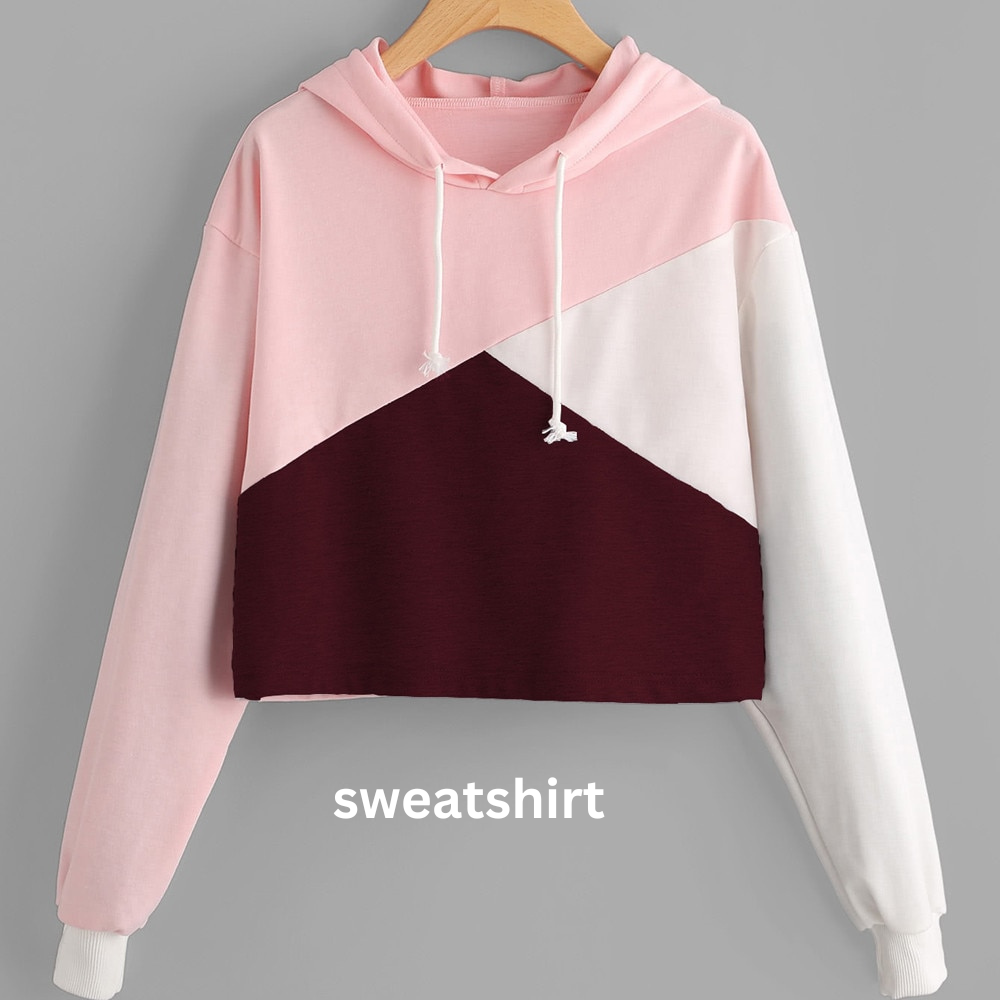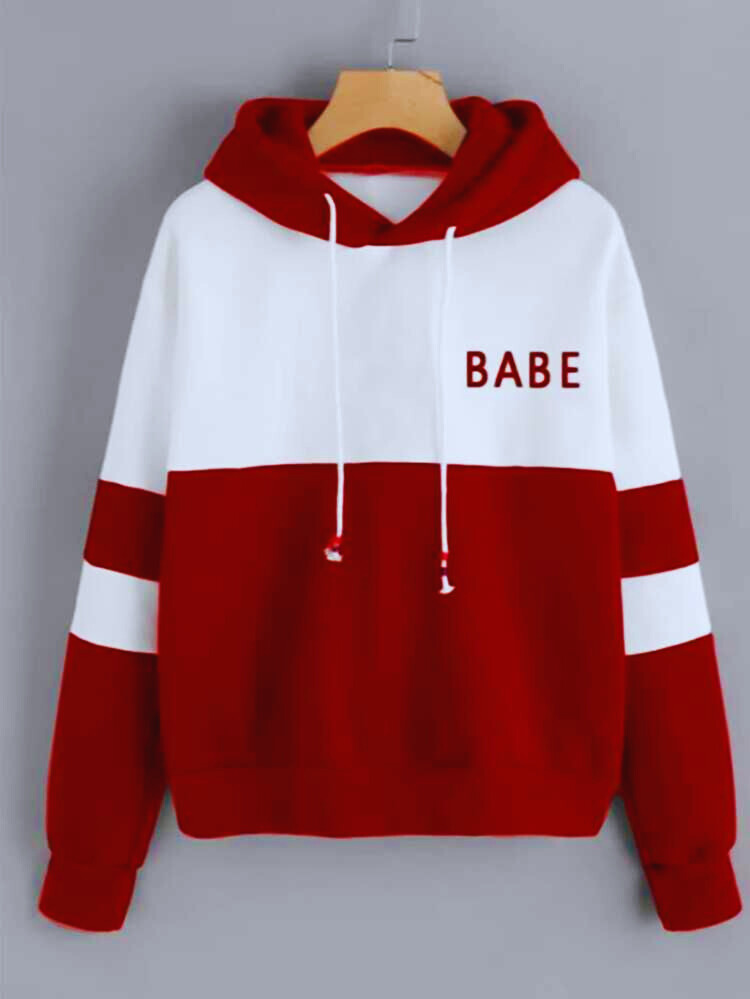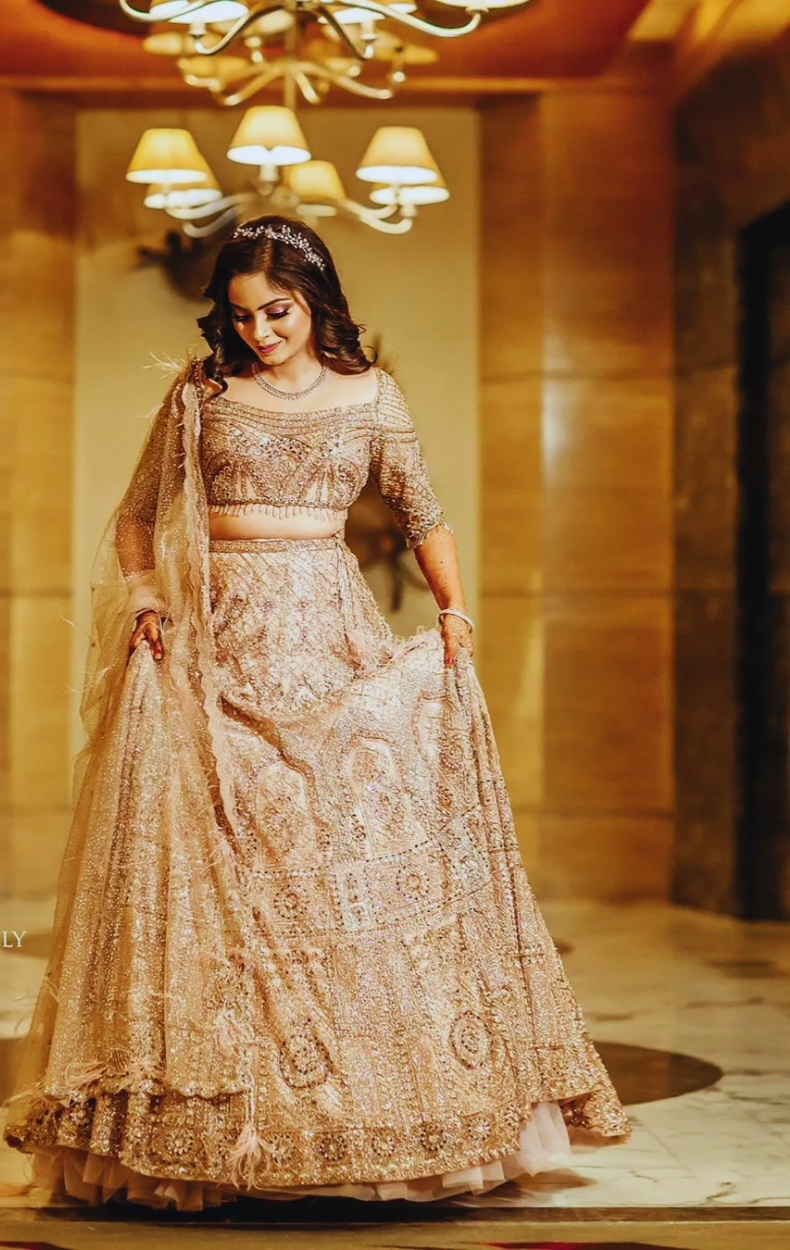sweatshirts are a wardrobe staple that appeal to all age groups and represent ease of wear and adaptability. Its origins can be traced back to the early days of sportswear, but it has since transcended its initial use to become a universal symbol of easy elegance and functional design. This article examines the origins, development, and timeless appeal of the sweatshirt, emphasizing how it went from being a staple of athletic wear to being a major component of contemporary fashion.
Initiation and Development:
The early 20th century saw a rise in interest in sports and physical health, which is where the history of the sweatshirt started. Young entrepreneur and athlete Benjamin Russell Jr. came up with the idea for the sweater. Russell unveiled the first sweatshirt in 1920. It was a straightforward crew-neck sweater composed of of fleece made of cotton. It was first created to be a useful aid for athletes, providing comfort and sweat absorption during strenuous exercise.
Athletes took to Russell’s invention right away because of its simplicity of wear and practicality. Sweatshirts, frequently including team or school emblems, had become an American sportswear mainstay by the 1930s. During this time, sweatshirts made their first move from being strictly utilitarian clothing to becoming a more expressive medium.
American Culture and Sweatshirts:
The popularity of the sweatshirt skyrocketed outside of the sports world in the postwar era. A cultural movement that included casual wear into daily life occurred during the 1950s and 1960s. Key factors in this change were the emergence of the American teen and the growing impact of popular culture. Sweatshirts were associated with rebellious chic because to the appearance of Hollywood stars like Marlon Brando and James Dean wearing them in their movies.
The sweatshirt had been ingrained in American society by the 1970s and 1980s. It was adopted by several subcultures and came to represent carefree, easy life. The status of the sweatshirt was further enhanced by the rise of streetwear and hip-hop culture. It had evolved from being limited to the world of sports to a platform for identification and self-expression. During this time, graphic sweatshirts with eye-catching prints, clever slogans, and creative designs gained popularity.
International Affect and Contemporary Style:

The appeal of the sweatshirt transcends national boundaries and cultural boundaries. Because of its adaptability, it has been able to go across countries and Sweatshirts were associated with rebellious chic because to the appearance of Hollywood stars like Marlon Brando and James Dean wearing them in their movies.
The streetwear had been ingrained in American society by the 1970s and 1980s. It was adopted by several subcultures and came to represent carefree, easy life. The status of the streetwear was further enhanced by the rise of streetwear and hip-hop culture. It had evolved from being limited to the world of sports to a platform for identification and self-expression. During this time, graphic sweatshirts with eye-catching prints, clever slogans, and creative designs gained popularity.
International Affect and Contemporary Style:
The appeal of the streetwear transcends national boundaries and cultural boundaries. Because of its adaptability, it has been able to go across countries and situations. It moves from relaxing around the house to running errands or getting coffee with friends with ease. It is a popular option for informal events due to its comfort and ease of wear, but it can also be stylishly customized to meet different design statements.
Although it is more appropriate for laid-back or creative work situations, sweatshirts are nonetheless appropriate in professional settings as well. shirt-friendly casual dress standards are common in creative industries like tech startups and design businesses, signaling a trend toward more relaxed and approachable office cultures. This versatility highlights the sweatshirt’s function as a transitional piece between business and leisure wear.
Various Seasons for the Sweatshirt:
Though the sweatshirt has historically been connected to colder temperatures, it has evolved to fit many seasons.
1. Summer and Spring: The sweatshirt is appropriate for these transitional seasons due to its lighter materials and breathable designs. Comfy without being hot is possible with lighter materials and styles including open-weave patterns or short sleeves.
2. Layering: streetwear are frequently layered with coats, vests, or jackets throughout the cooler months. The layering gives the sweatshirt flair and warmth, making it a flexible piece that goes well with a variety of outerwear choices.
Cultural Importance and Symbolism:
The remarkable position of the shirt in popular culture is a reflection of larger social and cultural phenomena.
1. Popular Culture:
Influence of the Media: Because of how they are portrayed in the media, it have come to represent revolt and individualism. Movies such as “Rocky” and “The Breakfast Club” portrayed shirts as the go-to clothing item for characters that personified adolescent culture and rebellion.
Celebrity Endorsement: Influencers and celebrities have been instrumental in the spread of the trend of shirts. Fashion icons such as Rihanna and Kanye West, who have incorporated shirts into their characteristic ensembles, have elevated the shirt to a high-end status with their Fenty collection and Yeezy line.
2. Social Movements:
Activism and Expression: Social and political messages have been made on shirts. For instance, throughout different protest campaigns, hoodies with Slogans and statements that represent the wearer’s position on everything from social justice to political reform have evolved into a type of wearable activism.
In Conclusion:
the sweatshirt is a cultural artifact that represents larger movements in technology, fashion, and culture rather than merely being a piece of apparel. Its transformation from an ordinary sports shirt to a worldwide fashion symbol demonstrates its adaptability and timeless appeal. Without a doubt, the sweatshirt will continue to be a mainstay in fashion as it continues to wardrobes across the globe, representing equal parts comfort and style.
for more information visit our Homepage


